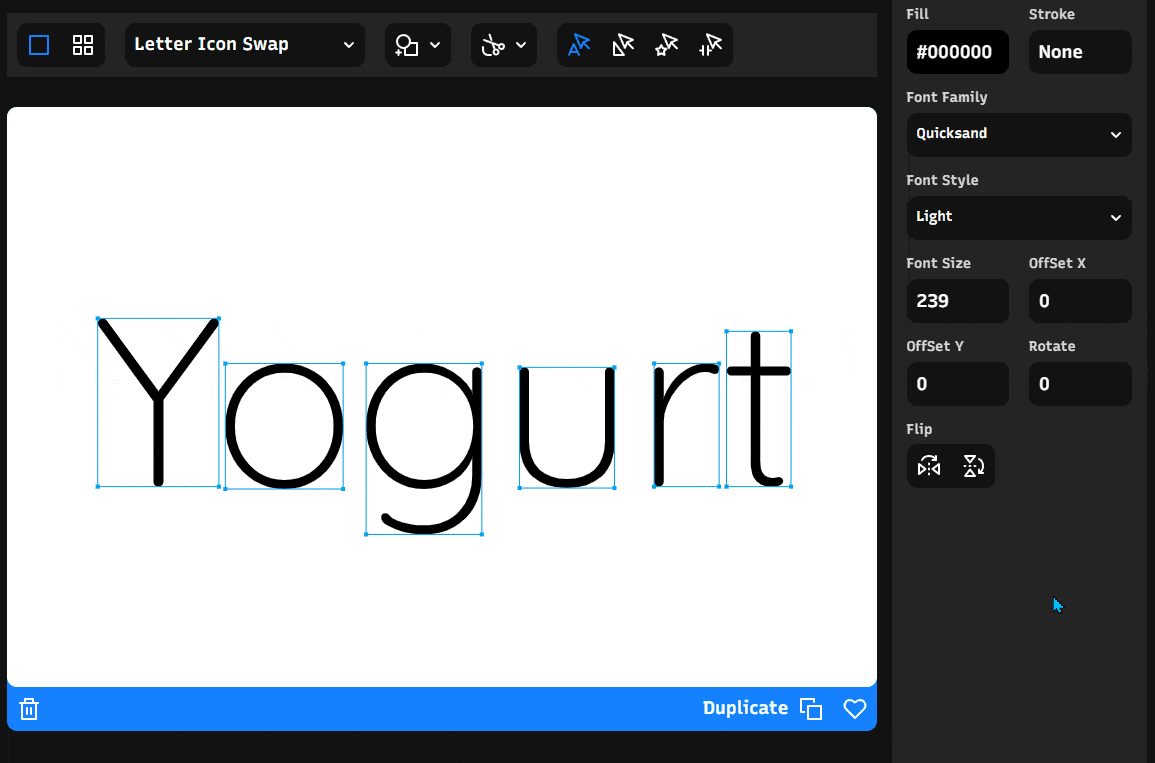Feature Roundups on Typogram — October Edition
Week 59 of Founding Typogram
I hope you had a fantastic and creative October. In the past month, we revisited and revamped a critical feature: Brand Colors. From chatting with our customers, we know many struggles with brand colors — it is one of those seemly small decisions that have a huge impact on the project and should be taken lightly. We completely redesigned and re-engineered this critical branding step from the ground up with lots of bells and whistles! I got a little too excited and “accidentally” wrote so much about every detail:
Preview Primary Brand Color in Graphics
Grayscale Colors
Accent Colors
View Color Tips
Hex Input and More
Detail 1: Preview Primary Brand Color in Graphics
A common misconception is that color value is absolute and can stand on its own. While it is true mathematically, it is false optically. Our eyes absolutely do fool us at times — a red color can look 100% blue once put next to a set of certain colors and shades. It is essential to build a color palette for your brand instead of a singular color. With Typogram, you can preview the primary brand color palettes in a graphic in real time as you are making changes.
Detail 2: Grayscale Colors
A common pitfall of branding is over-using brand color everywhere. A booklet full of bright blue text is not a good idea — when used excessively, the brand color disappears instead of standing out. Brand colors are meant to be used somewhat scarcely and stand out amid more neutral tones — that is where the grayscale color palette comes in. Grayscale colors have very low saturation, which you can adjust between 0% to 16%. It is also a good idea to make the “neutral” gray not entirely neutral. Inject the hue of the primary brand color into the grayscale colors to hint at your brand color subtly. Even when your logo is not present, users can still feel your brand’s presence because the dark gray text radiates your brand color in small doses.
Detail 3: Accent Colors
Unlike grayscale colors, which are a must-have, accent colors are optional and up to you to decide. Similar to grayscale colors’ “binding” to the primary brand color in hue values, accent colors bind with the primary color in saturation values to create harmony.
Detail 4: View Color Tips
Choosing brand colors is not an instinct thing. Instinct will draw me to colors that appeal to me personally, but my favorite color will not be the most suitable for my company and its audience. We should ditch our instinct for a little bit and choose values in hue, saturation, and lightness, respectively, based on rationales. “View Tips” provide rationales to you in real-time while you drag the values up and down. What does hue 19 mean in brand color psychology? The tips section gives a direct, timely answer to help you decide.
Detail 5: Hex Input and More
While HSL (hue, saturation, and lightness) is Typogram’s chosen way to define a color, you may already have a color that you want to bring in. Simply input the hex value with or without “#” or the color names and hit enter; if it is a valid color code or name, Typogram will recognize it and set HSL values accordingly. If it is not a valid color, the app will revert to the last valid color you selected.
Save & Access Brand Color Swatches
Once the brand colors are chosen, they are saved and can be accessed via the color swatch panel. We think this will make it easy to select, design and test once you are in the logo editor.
Hear from You
What are your thoughts on our brand colors work? What were your struggles with choosing the brand color and did any of our features solve them or not solve them? I am keen to hear your opinion and improve!
❧
See you next week! If you have friends who are interested in founding startups, please consider sharing my newsletter with them!







